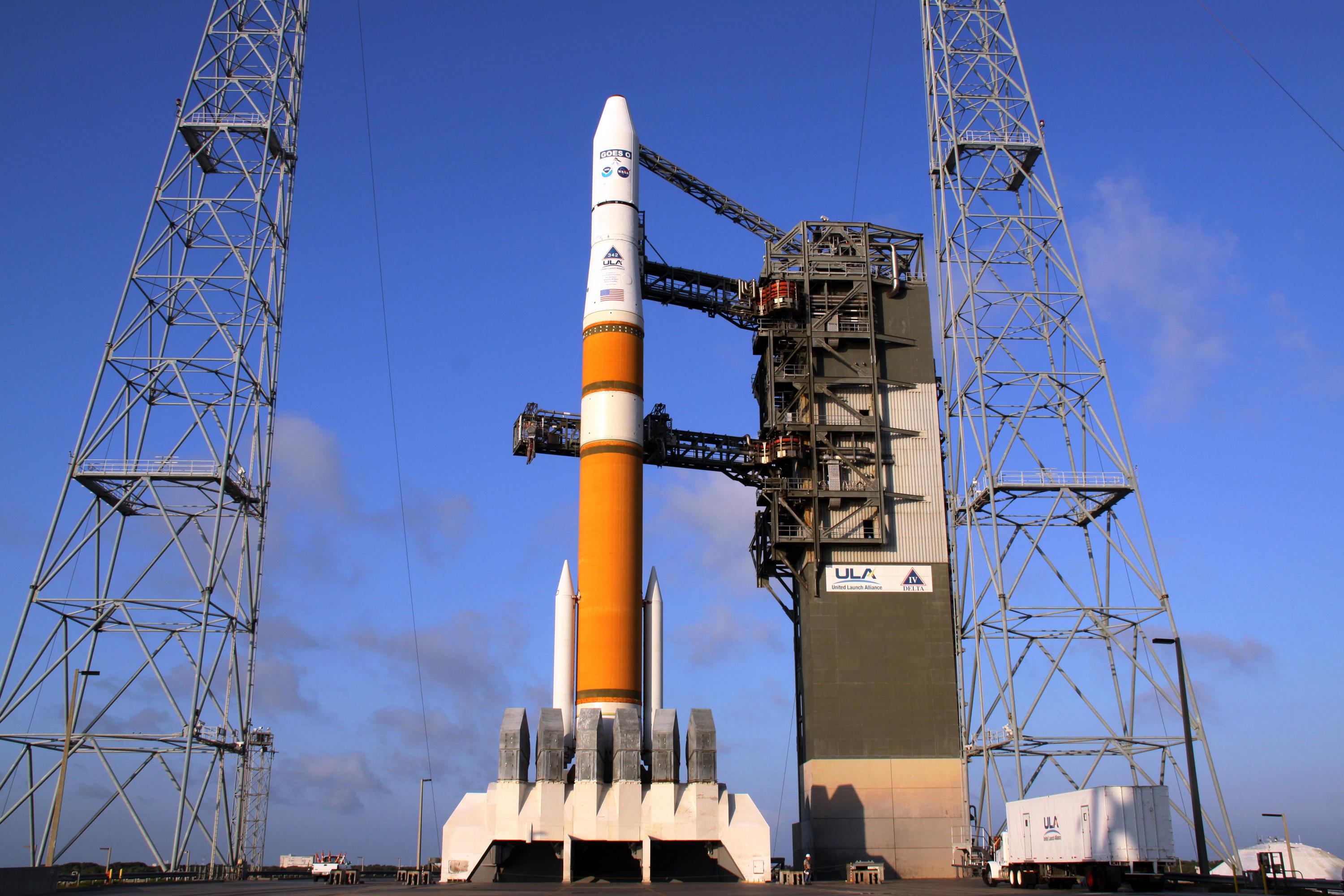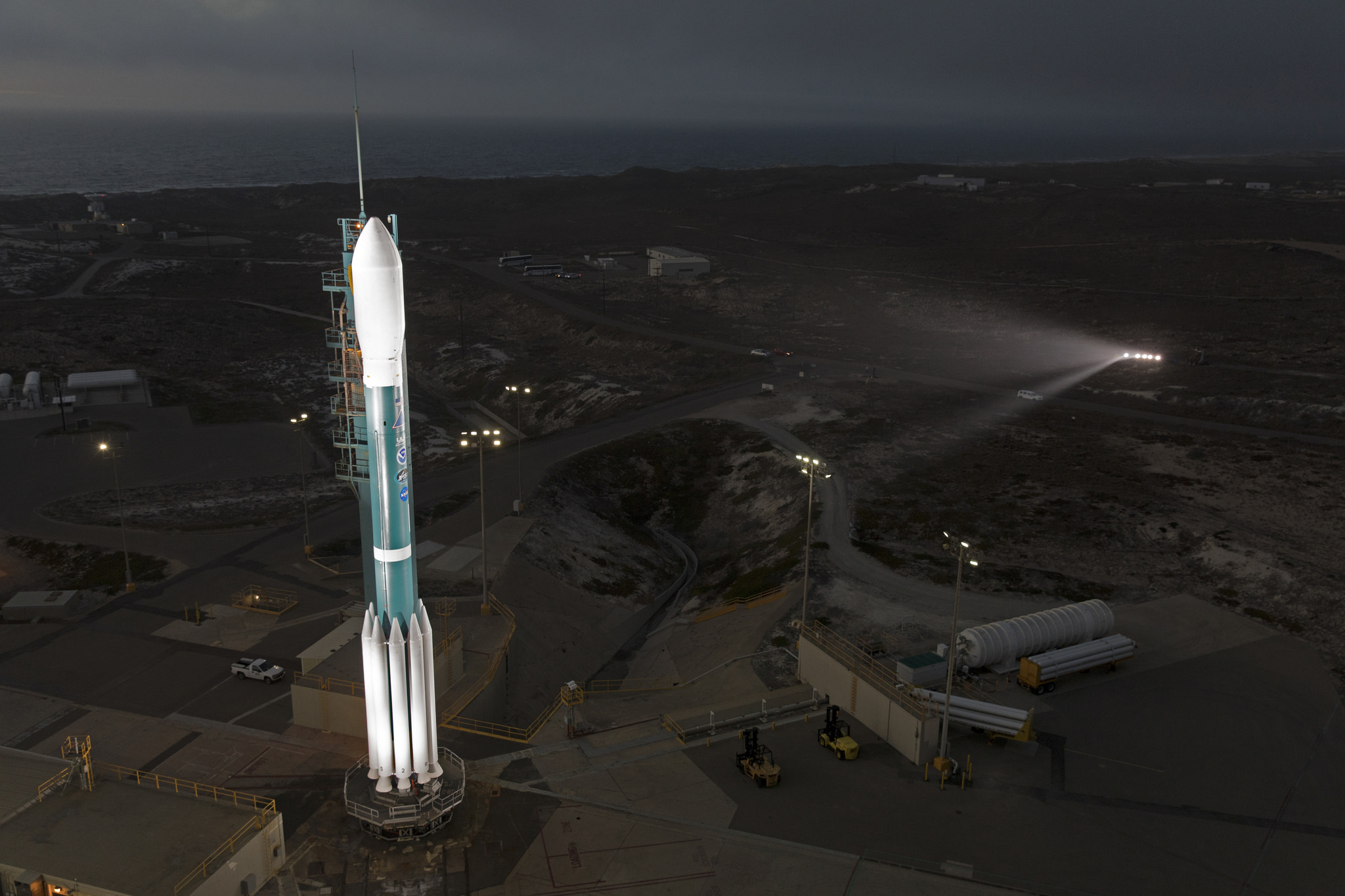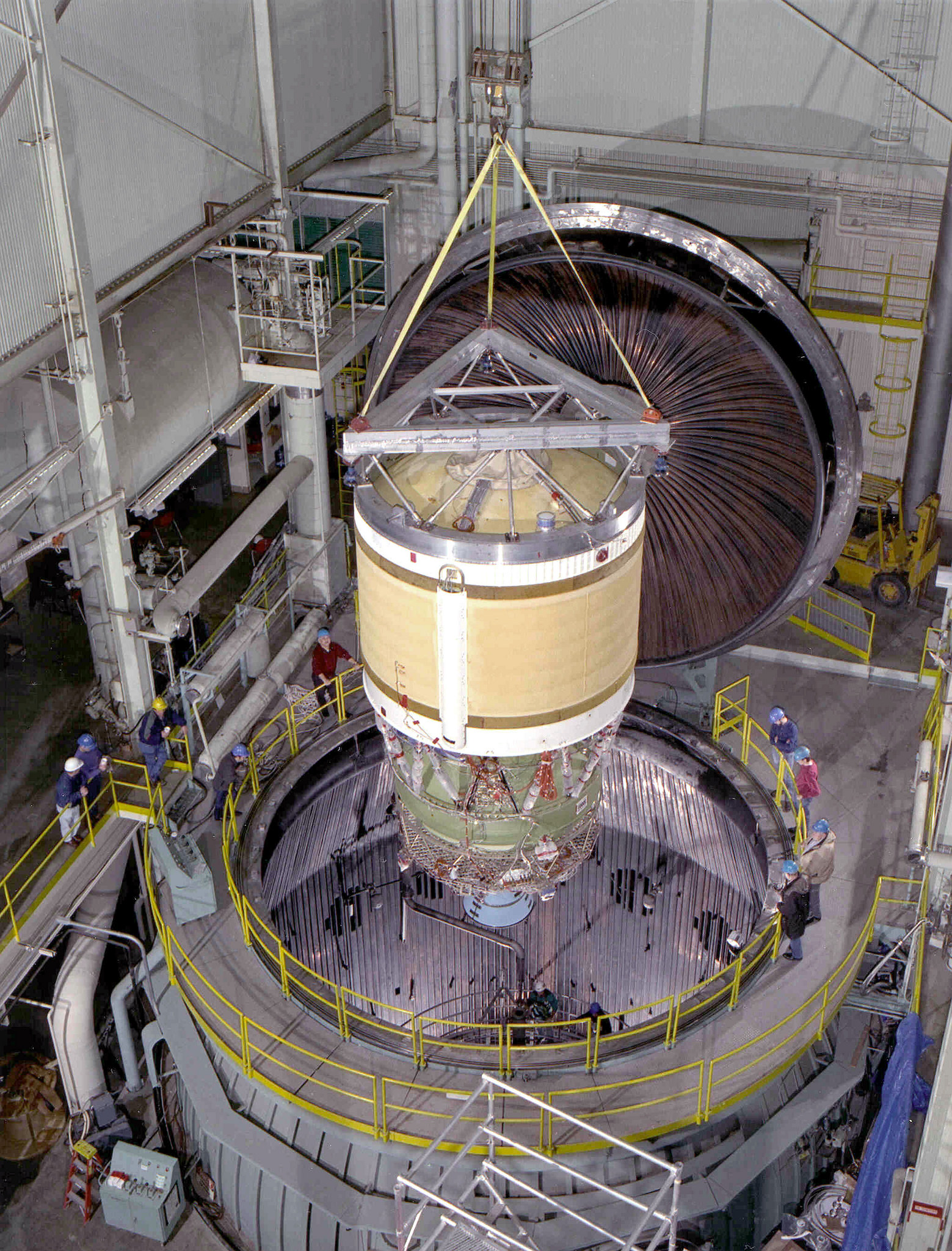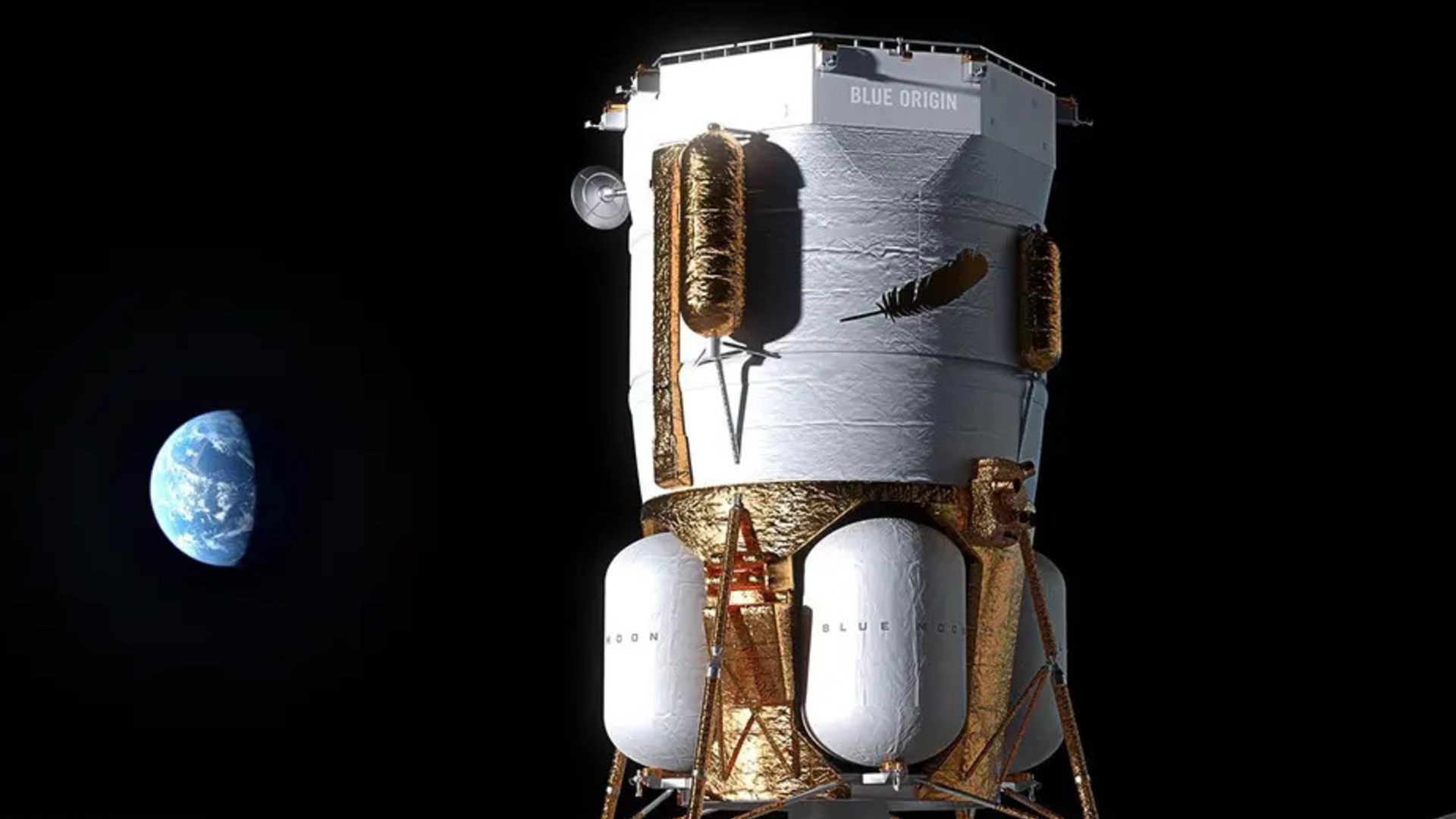Meet the Delta Rocket Family of the United Launch Alliance
A Storied Rocket Family
Delta rockets have been launching to space for almost six decades now, carrying some hallmark NASA missions into orbit. On Sept. 15, the Delta II will make its final flight, launching a glacier-measuring space laser called ICESat-2. But it won't be the last launch for the Delta family, and plenty of new rocket designs are waiting in the wings. Here's a family portrait of the Delta rockets and what's next for launches.
FIRST STOP: The First Delta Rocket
Delta
The Delta rocket was designed and built by Douglas Aircraft Co., with the first successful launch of the program taking off on Aug. 12, 1960. The rocket was heavily inspired by Thor, a ballistic missile produced by the Air Force, and then it evolved over the years to become more and more powerful. Depending on the design, the rocket was about 100 feet (30 meters) tall. The Delta deployed many communications satellites during the 1960s and '70s before its retirement in 1981 as NASA prioritized space shuttle satellite deployments over commercial rockets.
NEXT: The Delta II Rocket
Delta II
In 1986, President Ronald Reagan changed course, switching back to commercial launch vehicles, and the design of the Delta II began, with its first launch taking off in 1989. The rocket stretches 128 feet (39 m) tall. Over the course of its 29-year career to date, the Delta II has flown 154 times and carried missions including the Kepler space telescope; Mars spacecraft Phoenix, Spirit and Opportunity; and a host of communications and GPS satellites. [Read about NASA's decision to stop using Delta II]
NEXT: The Delta III Rocket
Delta III
Engineers began designing the Delta III rocket in 1995 as a larger, more powerful launch vehicle than the Delta II. But the Delta III flew for just three years, between 1998 and 2000, before retiring, ceding its place to the Delta IV rockets. (In 1997, Douglas Aircraft Co. was combined with Boeing Company, which took over the Delta rocket series.)
Breaking space news, the latest updates on rocket launches, skywatching events and more!
NEXT: The Delta IV Rocket
Delta IV
The 217-foot (66 m) Delta IV's first launch came in 2002. The rocket is designed to load quickly and deploy one or more payloads into a range of orbits, and it comes in four different medium-weight arrangements to better meet clients' needs. Many of Delta IV's launches have carried Department of Defense or National Reconnaissance Office satellites. [Read more about the Delta IV]
NEXT: The Delta IV Heavy Heavy-Lift Rocket
Delta IV Heavy
Until the first launch of the SpaceX Falcon Heavy in February 2018, the Delta IV Heavy was the most powerful rocket of its time. Clocking in at 232 feet (70 m), the Delta IV Heavy most recently launched the Parker Solar Probe on its way to "touch the sun." [Read more about the Delta IV Heavy]
NEXT:Boeing and ULA's Atlas Family
Atlas
Boeing, which works with Lockheed Martin on their joint launch venture the United Launch Alliance, has also been flying the 205-foot (62 meter) Atlas V rocket since 2002. Its NASA payloads include the Mars Curiosity rover, the Juno mission currently orbiting Jupiter and the OSIRIS-REx spacecraft approaching an asteroid named Bennu. The rocket has launched over 75 times so far, with plenty more missions on the docket. [Read more about the Atlas V]
NEXT: After Delta, Vulcan Centaur
Vulcan Centaur
United Launch Alliance is currently working on designing its next rocket, dubbed the Vulcan Centaur, which the company is building to be reusable. When the new vehicle was initially announced, ULA was planning its first flight for 2019, but that has since slipped to at least mid-2020. [Read more about the Vulcan Centaur]
Email Meghan Bartels at mbartels@space.com or follow her @meghanbartels. Follow us @Spacedotcom, Facebook and Google+.

Meghan is a senior writer at Space.com and has more than five years' experience as a science journalist based in New York City. She joined Space.com in July 2018, with previous writing published in outlets including Newsweek and Audubon. Meghan earned an MA in science journalism from New York University and a BA in classics from Georgetown University, and in her free time she enjoys reading and visiting museums. Follow her on Twitter at @meghanbartels.







